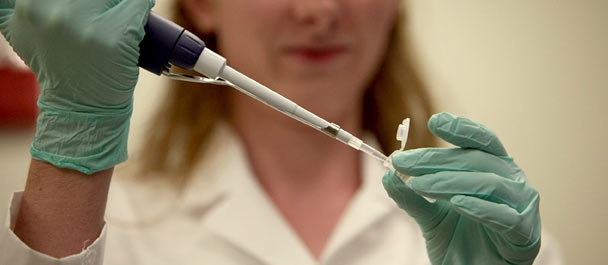
Scientific Lectures //
Development of Sparse Models for Imaging and Genomic Data Analysis
Yu-Ping Wang, Ph.D. - Department of Biomedical Engineering and Department of Biostatistics and Bioinformatics at Tulane University
Presented: October 9, 2014
ABSTRACT: In this talk, I will present our recent results on the development of sparse models for both imaging and genomic data analysis. I will show how to use sparse models for chromosome image classification; how to apply a sparse regression model for the detection of CNVs from next generation sequencing (NGS) data; and how to develop a scaled Lp based sparse regression model for genetic variant detection. Finally, I will also outline our efforts in fMRI imaging genomic data integration.
BIOGRAPHY: Dr. Yu-Ping Wang received the BS degree in applied mathematics from Tianjin University, China, in 1990, and the MS degree in computational mathematics and the PhD degree in communications and electronic systems from Xi’an Jiaotong University, China, in 1993 and 1996, respectively. After his graduation, he had visiting positions at the Center for Wavelets, Approximation and Information Processing of the National University of Singapore and Washington University Medical School in St. Louis. From 2000 to 2003, he worked as a senior research engineer at Perceptive Scientific Instruments, Inc., and then Advanced Digital Imaging Research, LLC, Houston, Texas. In the fall of 2003, he returned to academia as an assistant professor of computer science and electrical engineering at the University of Missouri-Kansas City. He is currently an Associate Professor of Biomedical Engineering and Biostatistics & Bioinformatics at Tulane University School of Science and Engineering & School of Public Health and Tropical Medicine. He is also a member of Tulane Center of Bioinformatics and Genomics, Tulane Cancer Center and Tulane Neuroscience Program. His research interests have been computer vision, signal processing and machine learning with applications to biomedical imaging and bioinformatics, where he has over 140 peer reviewed publications. He has served on numerous program committees and NSF/NIH review panels, and served as editors for several journal
Information shared in this lecture was requested be held from public access. MRN employees can access the presentation here.

